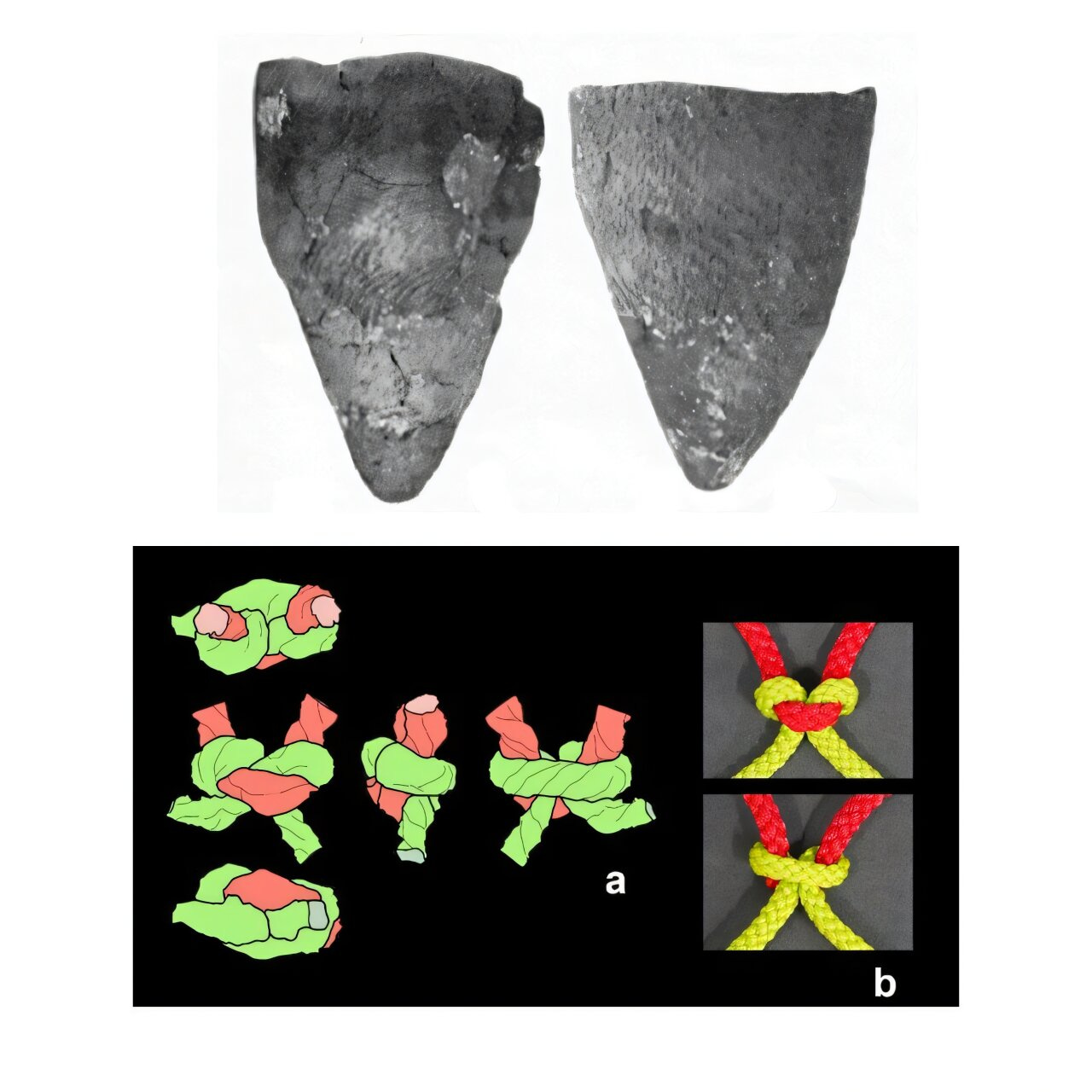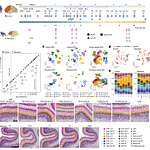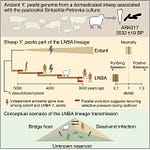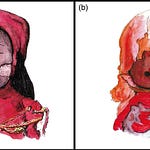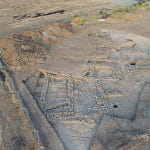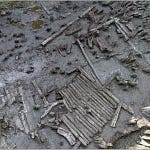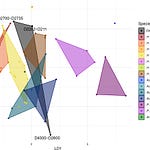For archaeologists, the Jomon period of Japan (ca. 14,000–900 BCE) is a treasure trove of early sedentary forager life—dense shell middens, elaborate pottery, and the first known pit dwellings. Yet its most fragile artifacts—the nets, bags, and woven tools of everyday survival—have almost entirely vanished. A recent study published in the Journal of Archaeological Science1 has managed to bring some of them back, using high-resolution X-ray computed tomography (CT) on pottery sherds from Hokkaido and Kyushu.
“By imaging the impressions hidden inside the clay coils, it became possible to reconstruct thread twists, knot types, and mesh sizes that no longer survive as fibers,” the researchers write.
Led by Professor Emeritus Hiroki Obata of Kumamoto University, the team paired CT imaging with silicone casting to recover the negative impressions of nets embedded in pottery. The result is a rare look at Jomon fishing technology, revealing regional differences in net-making and an unexpectedly complex relationship between tools and pottery production.
